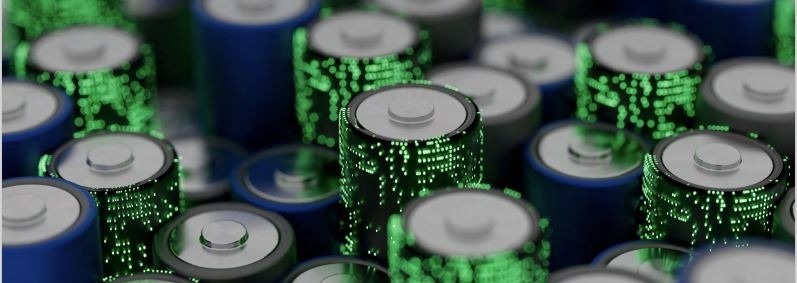Overcoming Obstacles in Efficient Battery Manufacturing

Image credit: Thermo Fisher Scientific – Materials Characterization.
The worldwide manufacture of lithium-ion batteries is set to soar due to the rising demand for electric vehicles and energy storage solutions. In this scenario, it's vital to produce electrodes in a manner that's both environmentally and economically sustainable. Notably, 10% of the carbon emissions from battery production stem from the processes of electrode coating and drying. The traditional method of coating electrode collector foils necessitates the use of thin slurries that contain 45% solvent. Currently, the hazardous substance NMP (N-Methyl-2-pyrrolidone) is utilized as a solvent in making cathodes, which then has to be meticulously recovered and reused. The process of drying and reclaiming the solvent from the conventionally wet electrode slurries after their application to the current collector foil is responsible for a significant portion of energy use (around 45%) in the production of lithium-ion batteries. The drying equipment, which may extend up to 80 meters, also requires a considerable amount of space within the facility.

 Download the full application note
Download the full application note
An encouraging strategy for enhancing the cost-effectiveness and energy efficiency of battery production involves the exploration of novel methods for creating electrodes with minimal or no solvent content through the use of continuous twin-screw compounding. This technique holds the promise of drastically reducing solvent usage while ensuring the electrode pastes are well mixed. Moreover, the flexibility in screw configuration can aid in refining the electrode structure, which in turn, boosts performance.

This information has been sourced, reviewed and adapted from materials provided by Thermo Fisher Scientific – Materials Characterization.
For more information on this source, please visit Thermo Fisher Scientific – Materials Characterization